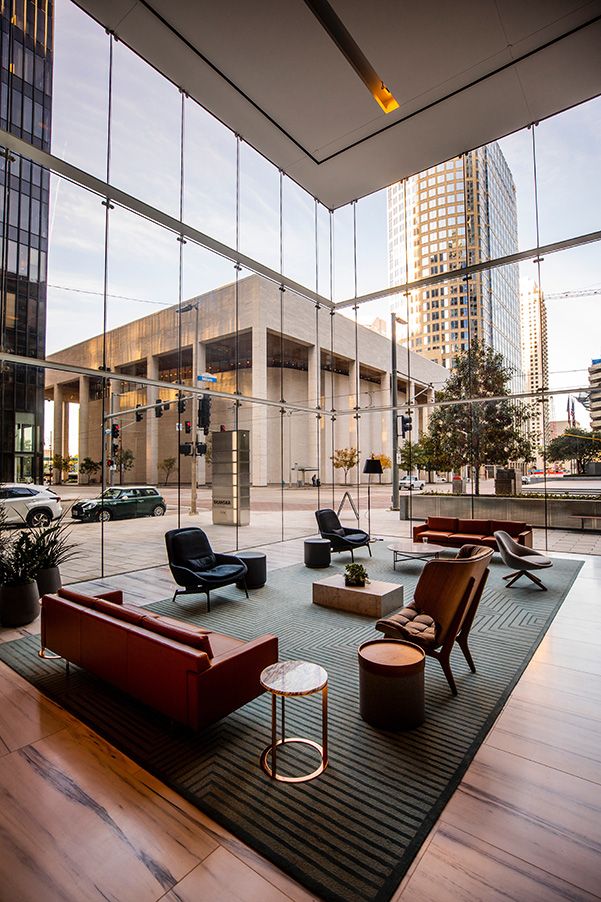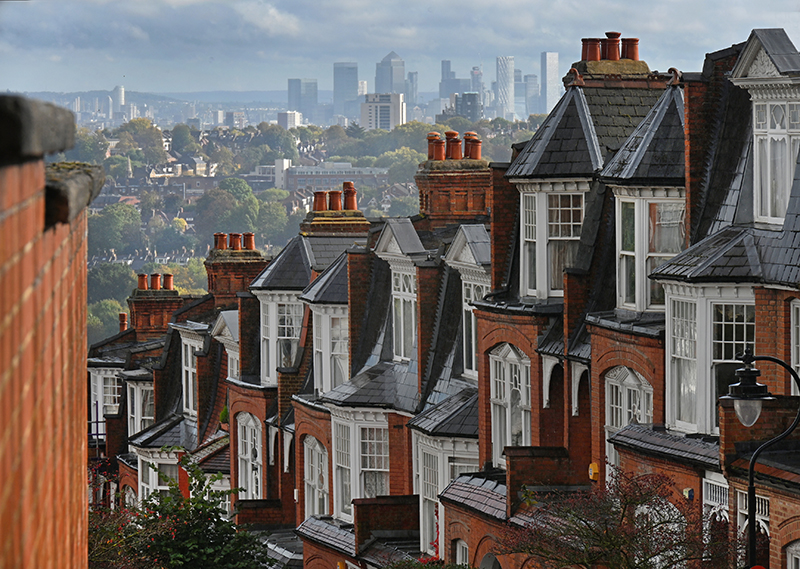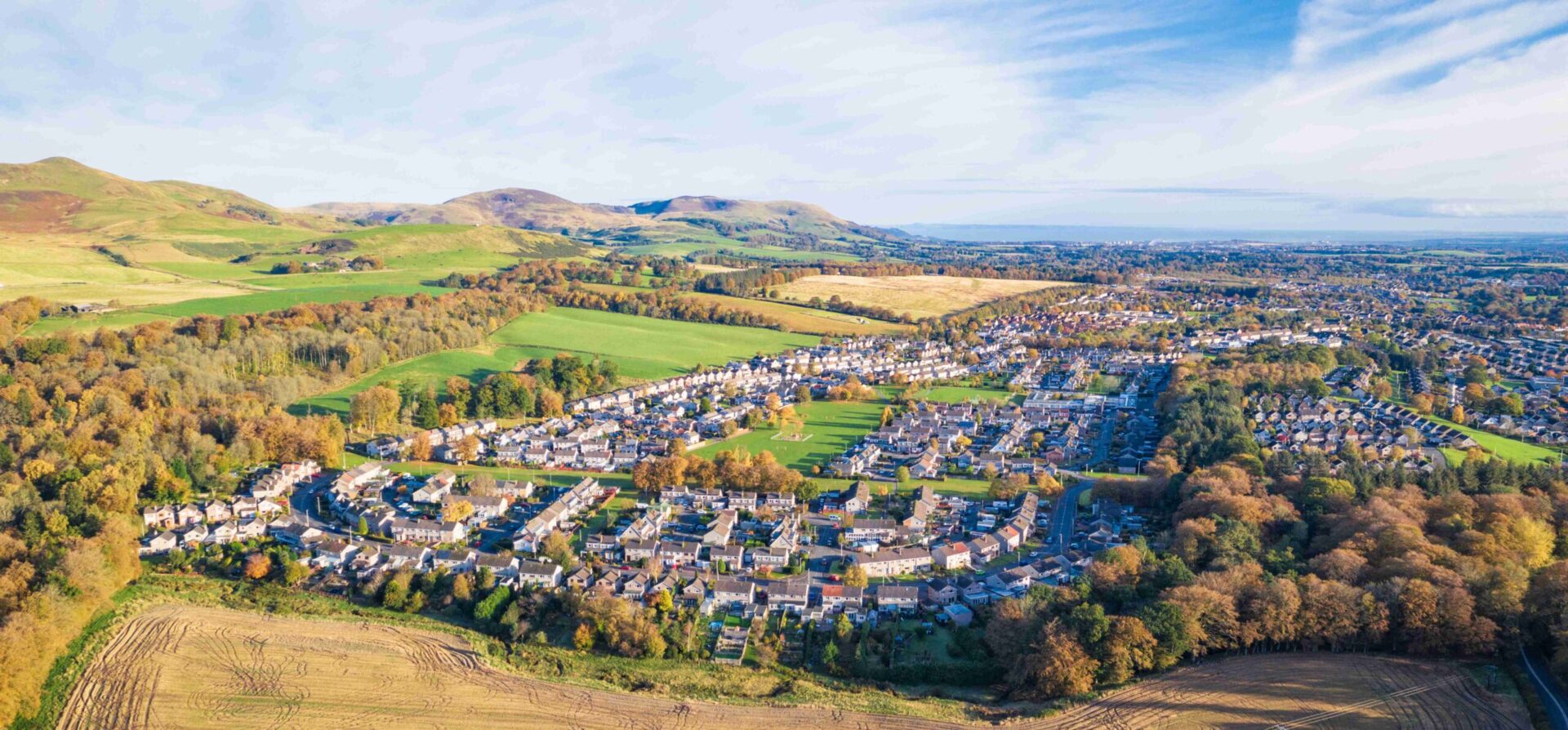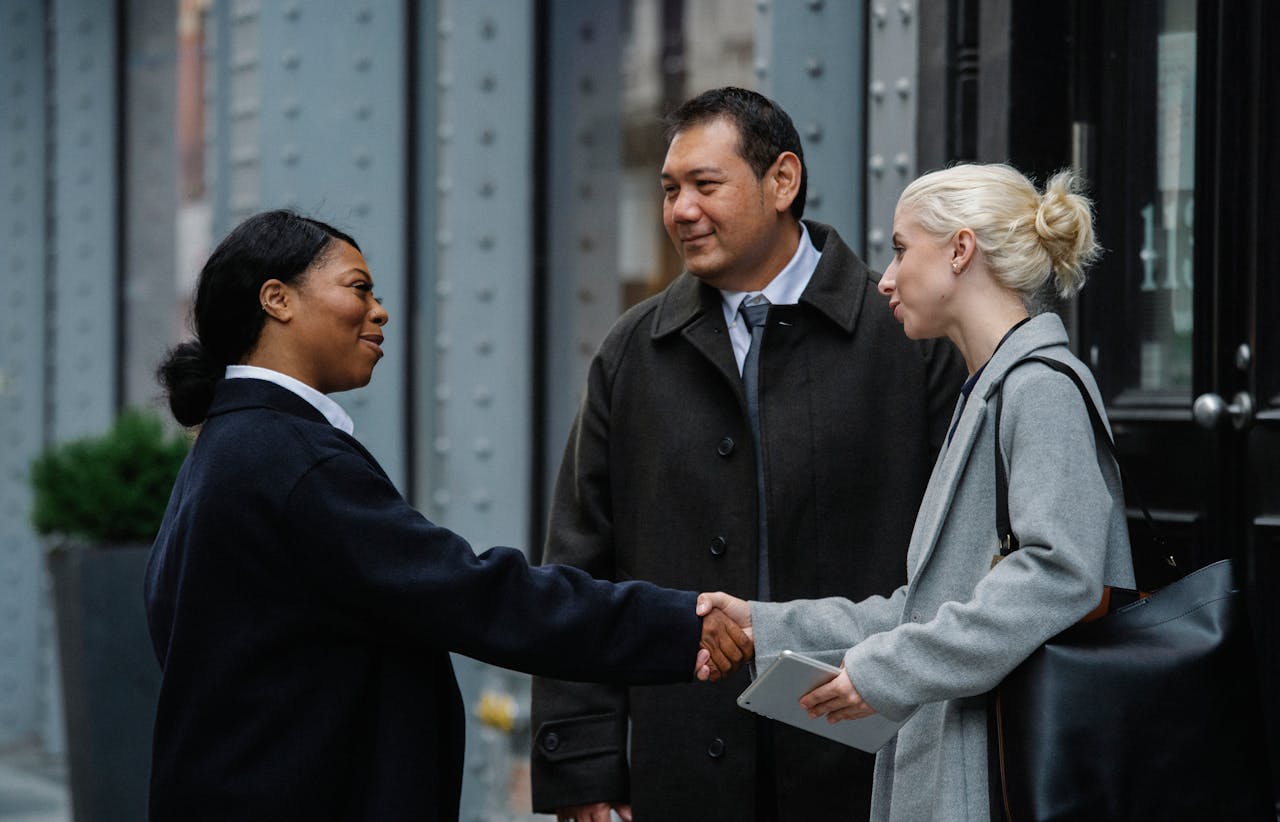
WHAT WE CAN DO FOR YOU
Capital allowances are a form of tax relief given on eligible items of plant and machinery used to decrease your taxable profits – meaning you pay tax on a smaller figure, reducing your tax bill. In a commercial office building these could be heating, water and air conditioning systems, elevators, CCTV, fire alarm and suppression systems, as well as many other fixtures that are attached to the building structure. Capital allowances are often overlooked yet can yield remarkable tax savings.
This work requires a combination of surveying, forensic accounting and tax skills that STax, who are part of the EMW family, have in abundance.
WE ASSIST, GUIDE AND
ADVISE WITH:
In the eyes of the Capital Allowances Act, all properties qualify but there is an exclusion for dwelling houses. Dwelling houses are in effect your standard living space i.e., residences & buy-to-lets. HMRC does accept that some properties may comprise of multiple dwelling houses and therefore, the fixtures in the space between them can qualify for capital allowances. Purchase, development or improvement to the following types of property (and many more) are potentially eligible for capital allowances: UK commercial property – offices, industrial units, retail spaces, bars, restaurants, hotels, surgeries & care homes – furnished holiday lets, overseas commercial property (subject to UK tax), multi-unit residential properties eg. blocks of apartments.
There is no time limit on how far back STax can look i.e., the purchase could have been many years ago. However, what was or wasn’t done during the conveyance can have a big impact on your entitlement to make a claim. Because of this, capital allowance advice is generally best given before exchange of contracts. However, STax have a wealth of experience unpicking the history of past purchases and securing favourable capital allowance outcomes even where others have tried and failed!
Capital allowances on fixtures not only represent significant opportunities but are now also a veritable mine field waiting to blow up in the face of the uninitiated. This is never more the case than when a property changes hand.
When you buy or sell a property there are several requirements laid out in the Capital Allowance Act that all transactions post-April 2014 must comply with. Doing this generally requires a joint capital allowance election to be entered into by the parties. If this is not done, both parties can lose all rights to the capital allowances, devalue their property, and potentially face a snap tax charge from HMRC.
Getting your capital allowance ducks in a row during a conveyance is essential to maximising your outcome. STax has advised on a substantial number of conveyances and even though advice is best given before exchange on contract, they are also often going back over old transactions looking to secure the most favourable outcome possible.
If you’d like to find out more, STax would love to hear from you, they offer a free, no obligation, appraisal of your holdings and position.
What capital allowances can be claimed on will vary from building to building and between different industries. These typically include systems such as heating, security, general power, fire alarms and sometimes even the decorative items! These capital allowance eligible fixtures would have come into your ownership via one of two routes: by undertaking a program of works (development, fitout, etc.) or by purchasing the property. In both instances you could be sitting on a substantial tax write off.
The purchase price paid for a property is deemed to have contained an amount for the capital allowance eligible fixtures present in the building at the time of purchase. As your capital expenditure is the purchase consideration of the property, not the sum of the components, you can’t simply claim the value of the fixtures – even if you could identify them all. Fortunately, the Capital Allowance Act 2001 makes provision for this situation and allows us to calculate a fair and reasonable apportionment of your purchase consideration. The output of this calculation will identify the percentage of the purchase price you are able to claim capital allowances on.
These claims can often equate to a substantial percentage of the cost of the property. Claims sometimes amount to as much as 35% of the value of a freehold, i.e., £350k of tax relief waiting to be released for a property bought for £1m.






